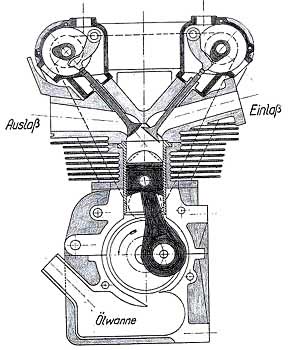Dark_Templer_102
Well-Known Member
the types of engines...like DOCH or something like that...i thinkts in on fuel ingection...i remeber Mercs engines never changed untill now..




bone said:VTEC has actually nothing to do with SOHC or DOHC, you can as easily have an SOHC VTECT as a DOHC VTEC. a VTEC engine, has 1 camshaft extra, this one isn't used below 4K RPM, abover these RPM, due to a spring, this cam is activated, and opens the intakevalves a fraction of a second longer, allowing more mixture in the cylinder, resulting in more power.
VVTI on the other hand, is again sth else. as your RPM climb, your cylinders move faster, which results in the cam turning faster, resulting in the valves being open for a shorter time. VVTI rotates the cam a few degrees, allowing the intake valve to open sooner, letting more mixture in the cylinder.
andyhui01 said:... the sound is amazing and it feels like some turbo just kicked in giving you extra boost







andyhui01 said:I sat in a Honda Civic with a B18C engine (Integra Type R 1.8l) engine... you know for sure that the vtec kicked in... after I get bored of turbo cars... I would look for a vtec car... do you know how the i-vtec works... on the new Honda CR-V... I floored the car and I couldn't feel the vtec kicking in at all :shock:
andyhui01 said:I think VTEC gets you a harder kick (all the power comes at once)... iVTEC smoothly gives you the power... so being a person who likes the feel of the turbo boost coming on should prefer VTEC over iVTEC
logo said:in both cases you have to rev the shit outta them to get the full power, i think! right? VTEC's torque on low rpms are not much and they don't gooo if the rpms drop





